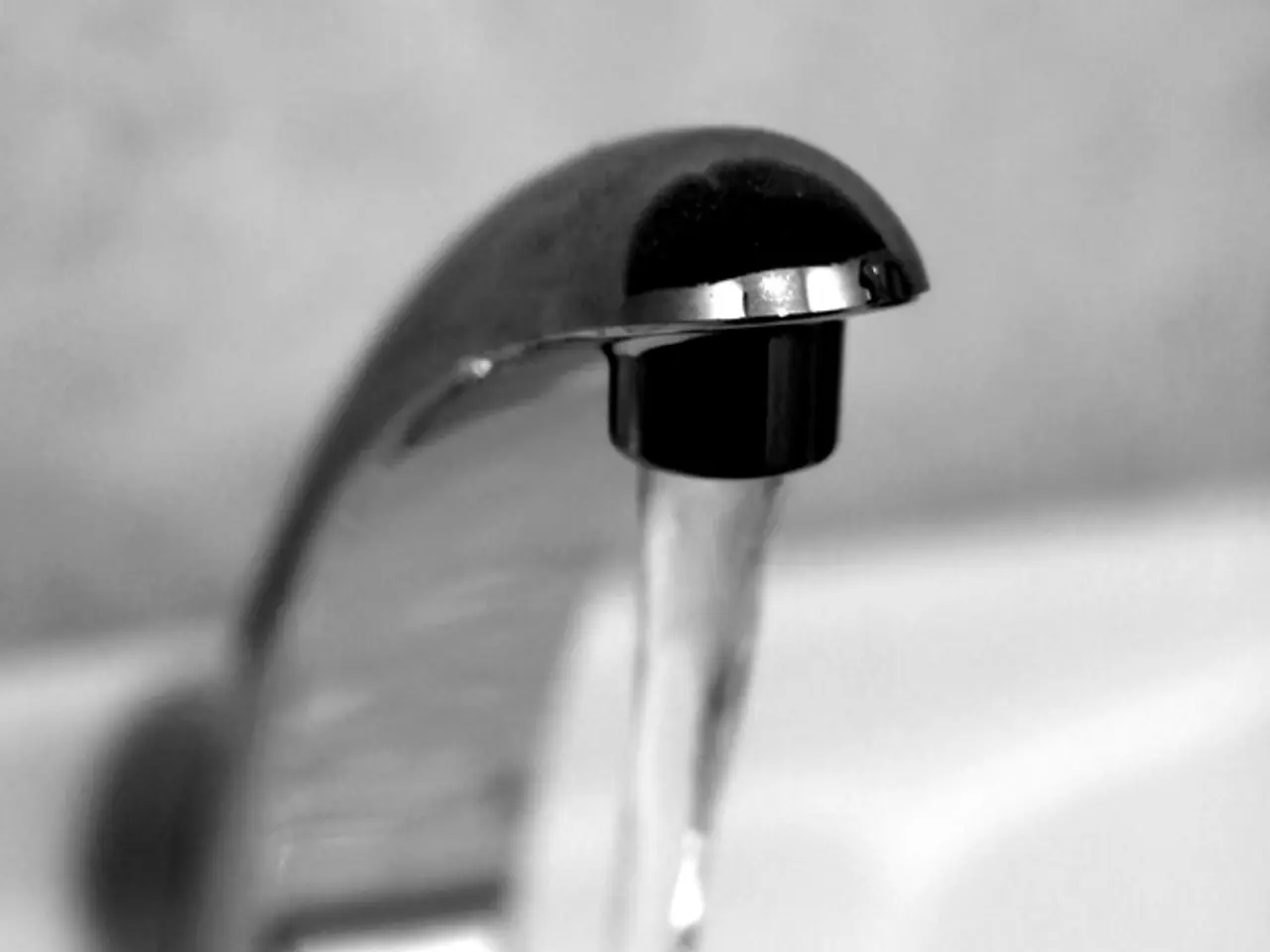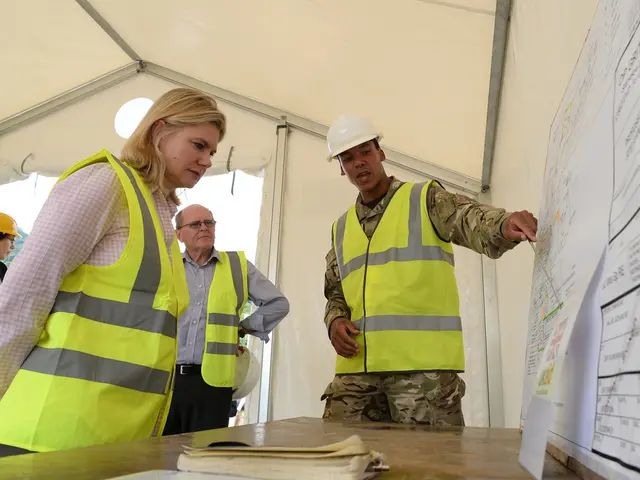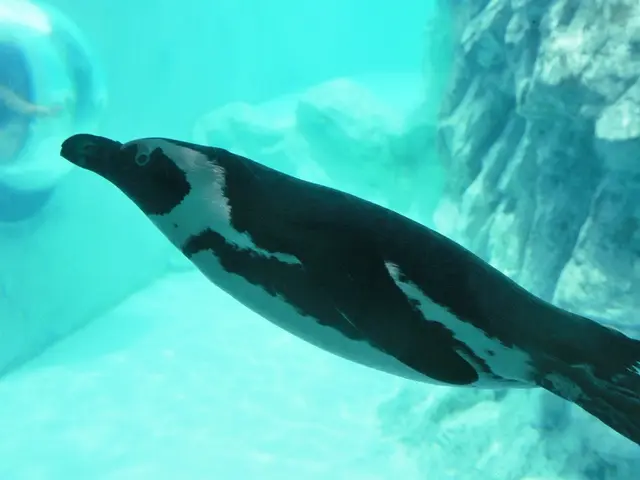The True Cost of a Cup of Water: Revealing Its Real Value
In the realm of everyday essentials, water might seem like an affordable commodity. However, a closer look reveals that the cost of a cup of water is influenced by a myriad of factors, both direct and hidden.
Direct Costs
The cost of water includes treatment and processing to make it potable. This involves costs for facilities, equipment, and chemicals used in the treatment process. Regular maintenance of water distribution systems, including pipes and pumps, is necessary to ensure safe and reliable water supply. The cost of transporting water from treatment plants to consumers, including the operation of pumping stations and distribution networks, also forms part of the direct cost.
Hidden Costs
Beyond the bill, there are hidden costs associated with water. Energy consumption, particularly in water treatment and pumping, indirectly affects the cost of water. Higher energy costs can increase the total cost of water supply.
The environmental impact of water extraction and treatment, such as effects on local ecosystems, can lead to additional costs related to mitigation and conservation efforts. Compliance with water quality standards and environmental regulations can add to the overall cost through testing, monitoring, and potential fines if standards are not met.
Upgrades to water infrastructure, such as replacing pipes or expanding capacity, are often necessary and can be costly. These capital improvement costs are hidden from the consumer's bill but contribute significantly to the total cost of water.
Other Considerations
For new developments or consumers, connection fees to water services can be significant. In Santa Rosa, for instance, a processing fee of $522 is charged per connection. Managing wastewater also impacts the cost of water services, as it affects the overall water cycle and treatment needs.
Bottled water, often perceived as a convenient alternative, is significantly more expensive than tap water. Ignoring water conservation practices can lead to higher water rates and strained resources, especially in arid regions like parts of California or Nevada, where water rates are often higher due to scarcity and the need for extensive infrastructure.
Conserving water is not just about saving money; it is about protecting a vital resource for future generations. Simple water-saving habits, such as turning off the tap while brushing teeth, taking shorter showers, and fixing leaky faucets, can save a significant amount of water over time.
The true value of water and adopting sustainable water management practices is crucial for addressing the global water crisis. Governments offer subsidies and programs that significantly affect the price of water, ranging from direct financial assistance to infrastructure projects to regulations that control water pricing.
Looking for appliances with the WaterSense label, which indicates that they meet EPA criteria for water efficiency, can help reduce water consumption at home. Additionally, considering landscaping with drought-tolerant plants and using mulch to retain moisture in the soil can reduce the need for frequent watering and save water.
Upgrading to water-saving appliances and adopting efficient watering practices can save water and lower water bills. Replacing old toilets, washing machines, and dishwashers with water-efficient models can significantly reduce water consumption. By being mindful of our water usage and adopting sustainable practices, we can help ensure a future where water remains a resource we can all rely on.
- The cost of producing clean water in the realms of science, such as environmental-science, includes expenses for the treatment process that involve facilities, equipment, chemicals, and energy consumption, which directly impacts the price.
- Engaging in health-and-wellness and fitness-and-exercise routines, like taking shorter showers, can help reduce water consumption, thereby lowering the hidden costs associated with climate-change related water scarcity in environmental-science.








